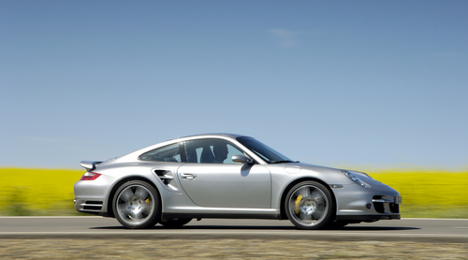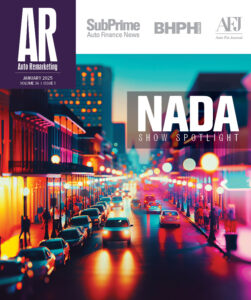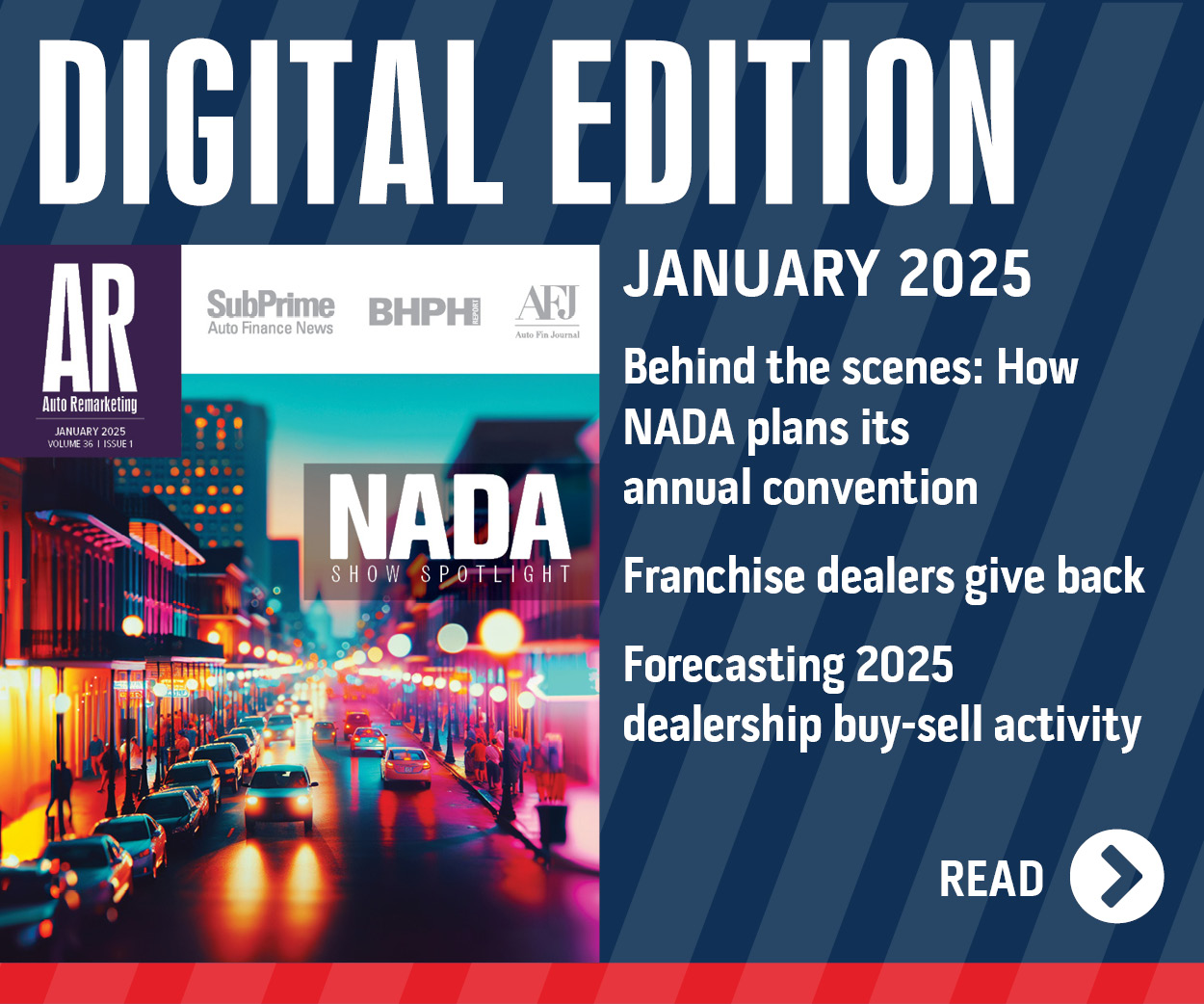Touch of Gray: Today’s Monochromatic Leasing Market

Porsche 911 Turbo
Black, white, or somewhere in-between — according to Swapalease.com, roughly 8 out of 10 of the vehicles in its car lease marketplace fall into that category.
The colors, including various grays and silvers, have proliferated in recent years, far outpacing the blues, reds and other colors that used to fill a far larger portion of the roadways.
Swapalease data, which dates back to the company’s inception in late 1990s, continues to reflect on the dominance of black in the leasing market.
Nearly a third – 31.4 percent, to be exact — of vehicles in its system are black. White is the second most popular choice, at 19.6 percent, trailed by silver (13.6 percent), dark gray (9.1 percent) and gray (6.5 percent) — equaling up to 79.9 percent of all vehicles in the Swapalease system.
“Red and blue were much more prominent in the Swapalease.com marketplace in the early and mid-200s, but since around 2005 the popularity of grayscale cars and trucks began to emerge,” said Scot Hall, the company’s executive vice president. “If anything, silver led the grayscale renaissance, but since the recession, varying forms of exotic grays have become more popular with drivers and car shoppers.”
The current market’s grayscale dominance continues from last year, where 76.5 percent of the marketplace consisted of monochromatic colors.
The first color outside of the grayscale to pop into Swapalease’s top 10 was red, making up 5.2 percent of its vehicles, followed by blue (3.6 percent), dark blue (2.6 percent), brown (1 percent) and dark red (1 percent).
To put those numbers in perspective, a PPG Industries release near the end of last year showed that white was the most popular color for new vehicles in 2014, both nationally and globally, making up 23 percent of North American vehicles and averaging nearly 30 percent on every other continent in the world. Black (18 percent), gray (16 percent) and silver (15 percent) followed white in North America, followed by red (10 percent).
“Car manufacturers across the world are continually seeking new ways to create a unique appearance for models and vehicle brands,” Jane Harrington — PPG manager, color styling, automotive OEM coatings — said in the news release. “As color selection takes place two or three years in advance of a model year, it is important for auto makers to combine color popularity with global consumer trends.
“Today, automotive manufacturers can choose from a broad array of colors as well as a wide assortment of variations of conservative hues such as white, silver, black and gray, and distinct effects such as micas, glass flakes, fine bright aluminum and hue-shifting pigments.”

 View The Latest Edition
View The Latest Edition

